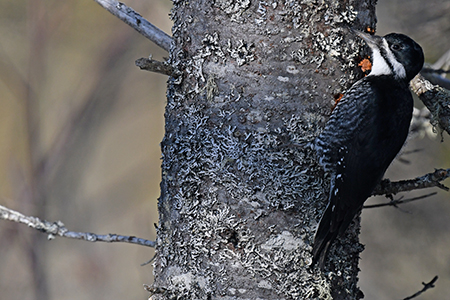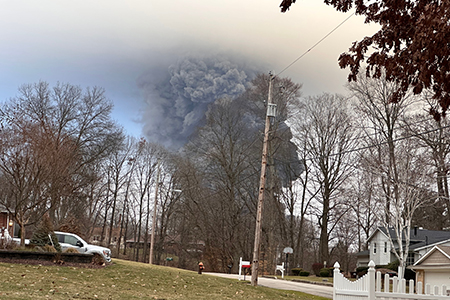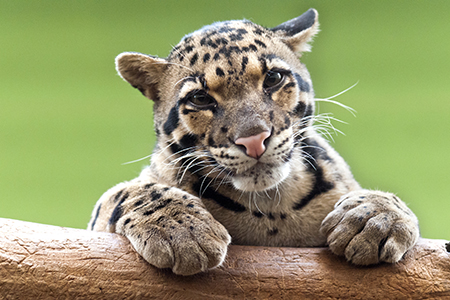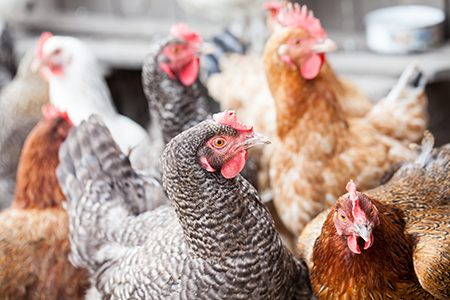 Wildlife Conservation
Wildlife Conservation  No Comments
No Comments Animals That Have Learned to Cope With, or Even Feed Off of Wildfires
Data on wildfire frequency, size, and damage has been documented in the United States since 1983. This is some valuable, if occasionally depressing, information. While the frequency of wildfires hasn’t changed much – they are a predictable event, especially during times when the weather remains hot and dry – the scope of wildfires and the damage they cause has increased dramatically, especially in recent years (the top 10 largest burns have all been since 2004).
For those of us who have lost homes, been forced to evacuate, or who live in areas that often suffocate under a blanket of wildfire smoke, it’s an all-too familiar occurrence. But we aren’t the only animals who have to deal with the smoke and flames each year. An astonishing array of terrestrial animals consider the forests their home, and unlike us, they don’t have the luxury of staying inside with the air purifier running or of packing up and moving to a cooler, wetter environment.
So what do the animals do? Why, adapt to whatever becomes “normal,” of course – sometimes within a single generation!
The aptly-named black fire beetle, for example, uses infrared vision to detect fires from miles away. This special power helps them avoid dangerous fires that are burning too hot and fast, and also draws them toward less hazardous burned-out areas where they can mate and lay their eggs on fire-heated wood.
The spotted owl and black-backed woodpecker similarly enjoy burned out areas. Not to mate and lay eggs, but because so many of these birds’ favorite “snack animals” are forced out into the open after a fire. The mice and insects of the forest surely have a less than enthusiastic view of these birds’ adaptations, but can you blame anyone for taking advantage of a free buffet? In the case of the woodpecker, it has even developed some rather sooty-looking plumage that helps it blend in with the charred trees it frequents.
In what is perhaps a countermeasure to the kind of post-fire-predation we see from animals like the spotted owl, the antechinus (a tiny Australian marsupial) prefers to wait things out by hiding underground and going into a state of torpor. Meanwhile, the frilled lizard (another Aussie critter) has developed a knack for climbing up just the right tree at just the right time in order to avoid getting cooked during a forest fire. That last trick, while impressive, already sounds like a counter-intuitive wildfire survival trick, but it does indeed work for the lizard. However, we must add the caveat that it works “for now,” given the trend of wildfires growing in scope throughout the world.
Obviously, the conditions that caused these animals to adapt are far from ideal, but these changes are fascinating and even hopeful in a way – a reminder that life is remarkably good at, uh, finding a way.
Five animals that have evolved to cope with wildfires
Resources
★ (EPA) Climate Change Indicators: Wildfires
★ How Can I Clear My Home of Wildfire Smoke?




